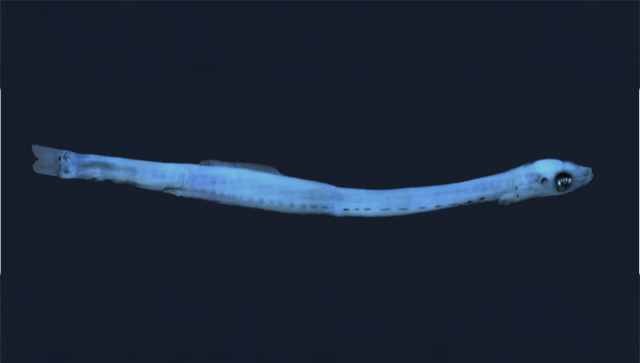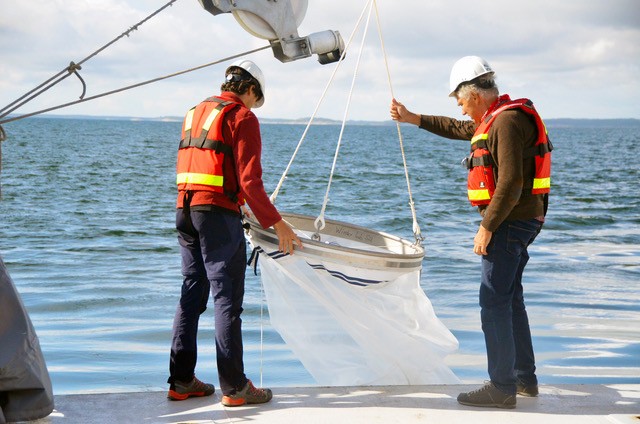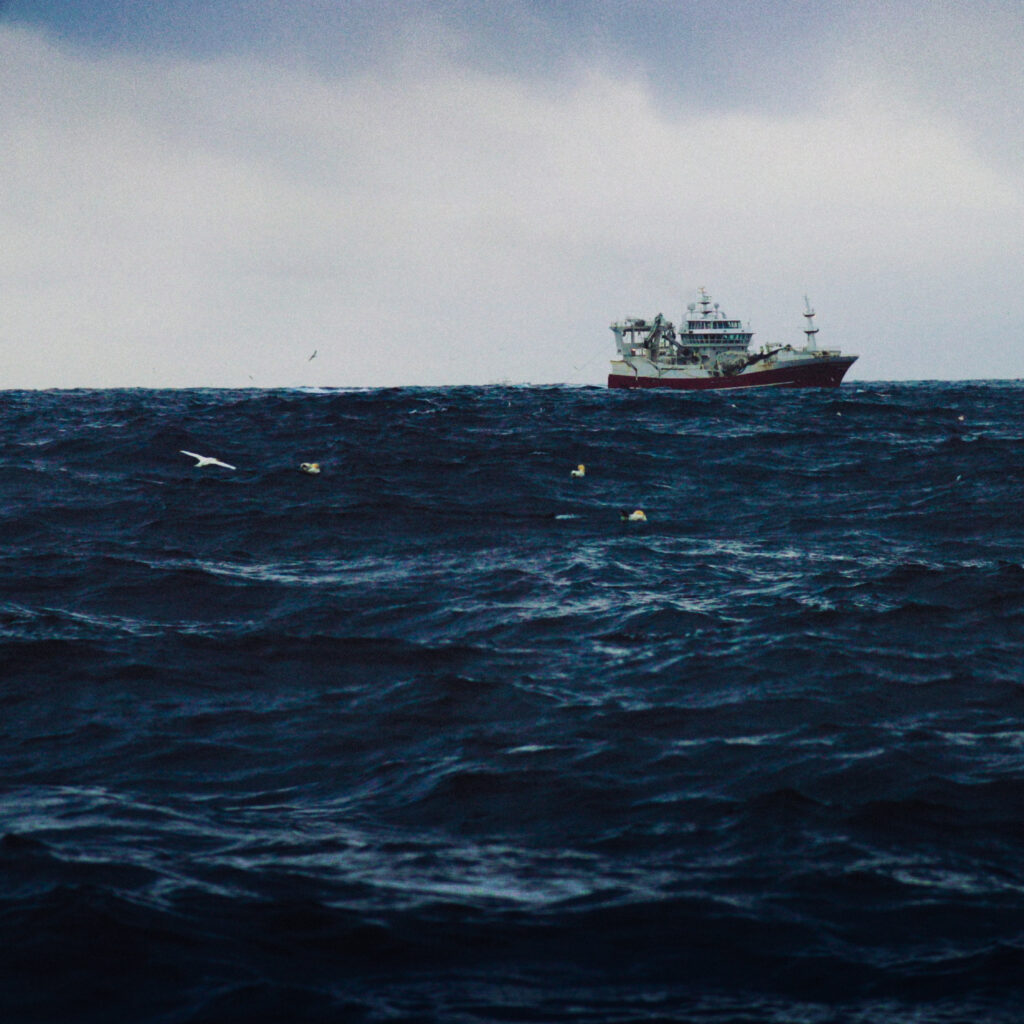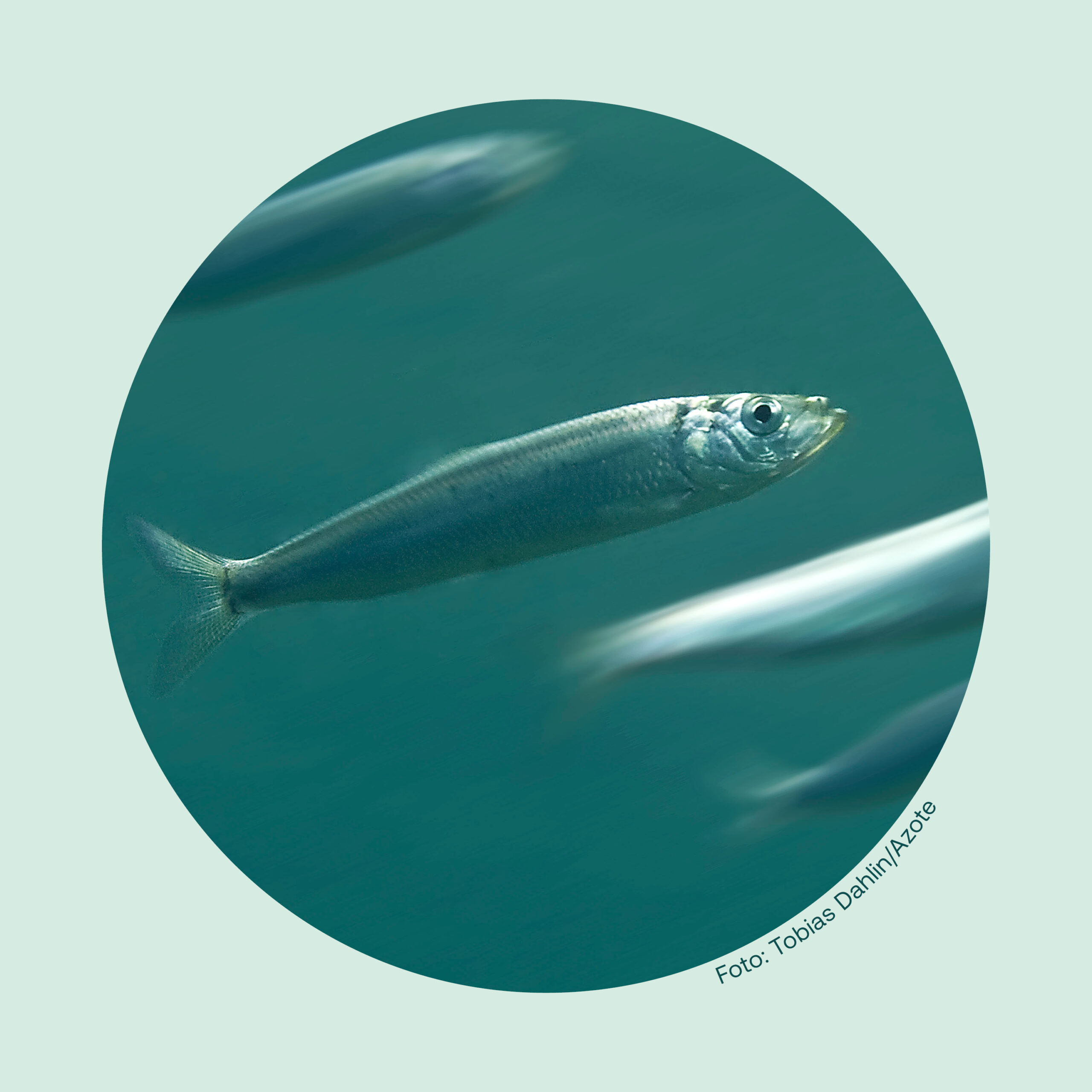Protecting the Baltic Sea’s threatened herring stocks requires a deeper understanding of fish diversity. Important differences between different herring populations are largely unknown today – but that could soon change. Focusing on the Stockholm archipelago, Monika Winder is running an exciting project that could solve some of herring’s unsolved mysteries.
In recent years, herring stocks in the Baltic Sea have been declining at an alarming rate. The main reason is intensive fishing. At the same time, herring juveniles are struggling to survive – most likely because their food is not available at the right time.
– The industry long claimed that it was impossible to deplete the stocks because herring produce large quantities of eggs. However, it has been proven that only 1–2 percent of the eggs survive past the larval stage, explains Monika Winder, professor of marine ecology at Stockholm University.
In the Baltic Sea, there are different herring populations, each with unique adaptations to their habitat, feeding behaviour and growth patterns. Understanding these differences is crucial for creating the conditions for herring recovery.
– Despite this, we still know surprisingly little about the diversity of herring, especially at their early life stages, says Monika.

But Monika and her research team at Stockholm University intend to change that. In an ongoing research project funded by BalticWaters, they are investigating the differences between various herring populations in the Stockholm archipelago, focusing on the growth of larvae and their adaptation to different environmental conditions.
Differences in herring behaviour and adaptation
In the first phase of the project, the researchers aim to determine what herring eat during their early life stages and how the availability of plankton affects their growth and survival.
– Previously, it was assumed that herring larvae feed on zooplankton, such as copepods, but that doesn’t quite add up. Herring larvae are most common in spring and autumn, while zooplankton are more abundant in summer, Monika explains.
There is a hypothesis that herring might feed on something that cannot be detected through traditional microscopic analysis of stomach contents—the method previously used to study the diet of herring.

A herring larva photographed under a microscope. Photo: Lauren Aylward.
– Under a microscope, only species with hard structures are visible, while soft-bodied organisms break down and become impossible to identify, she says.
However, DNA technology is now being used, enabling researchers to trace exactly which food sources are most important for herring at different times of the year. They will also analyse the composition of zooplankton in the water to understand how herring are adapted to the seasonal variations in plankton. This will provide crucial insights into how food availability and environmental changes impact herring.
The project will also map genetic differences between various herring populations, including the autumn- and spring-spawning groups. By studying the herring’s DNA, the researchers can identify how the populations are divided and adapted to their local environments – environments that may vary in terms of food availability, salinity, temperature, and light.
Just like salmon return to their birthplace to spawn, researchers believe that herring may also exhibit a so-called “homing behaviour.”
– The migration patterns of fish have previously been studied on a larger scale, but never regionally and never with larvae, explains Monika.
The final part of the project focuses on understanding how herring populations adapt to the Baltic Sea and which life strategies are most successful. By linking data on the herring’s diet, growth, condition, and genetic structure, the research team hopes to determine which populations are best equipped to survive in the Baltic Sea.

Sampling of larvae in the southern Stockholm archipelago. Photo: Sara Söderström
Knowledge to protect and strengthen herring
Varför är det så viktigt att öka vår kunskap om sillens mångfald? Enligt Monika Winder finns det flera viktiga skäl. Hon betonar att förståelsen för hur olika populationer skiljer sig åt i beteende och genetik är avgörande för att effektivt kunna skydda de hotade bestånden.
– Current fisheries management does not take into account the different herring populations when setting quotas, and this is a major problem. By pointing out the important differences between the populations, we are also highlighting the need to preserve the diversity that still exists,’ she explains.

Finally, Monika hopes that the project’s results will lead to concrete recommendations on which coastal ecosystems and herring populations are particularly important to protect in order to support herring recovery.
– The insights from our research can help design effective measures to slow down the negative trend for herring, which would benefit both coastal ecosystems and those who depend on fishing, she says.
What measures could this involve?
– It could, for example, mean protecting important spawning grounds or implementing seasonal fishing restrictions, concludes Monika.


About the project
The Herring in the Stockholm Archipelago project is being carried out by Stockholm University. Through BalticWater’s program to fund research projects and pre-studies, the project has been granted funding of SEK 999 862. You can read more about the five other projects that have received funding in the article Six new research projects for a living Baltic Sea.
More research on the diversity of Baltic herring
The project, which is planned to end in 2025, has not quite reached its end yet. On the contrary, the project team has been granted additional funding through BalticWater’s program to fund research projects and pre-studies to continue building knowledge and herring diversity.
The new project Where and when do herring spawn in the Stockholm archipelago? project will build on the results of the ongoing study and investigate in more detail how the herring stock in the Stockholm archipelago is structured. Keep an eye out for more information in the future!

